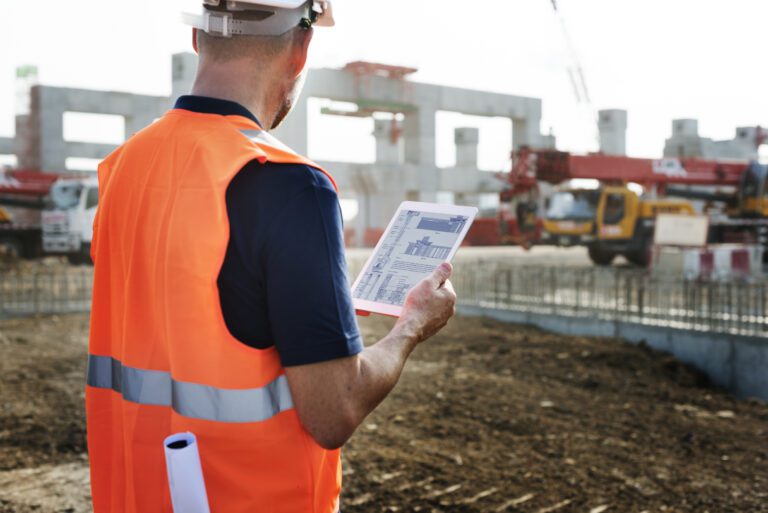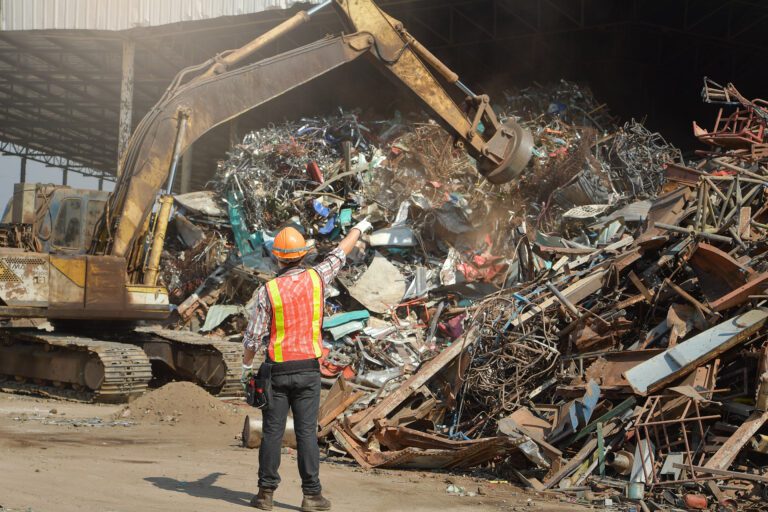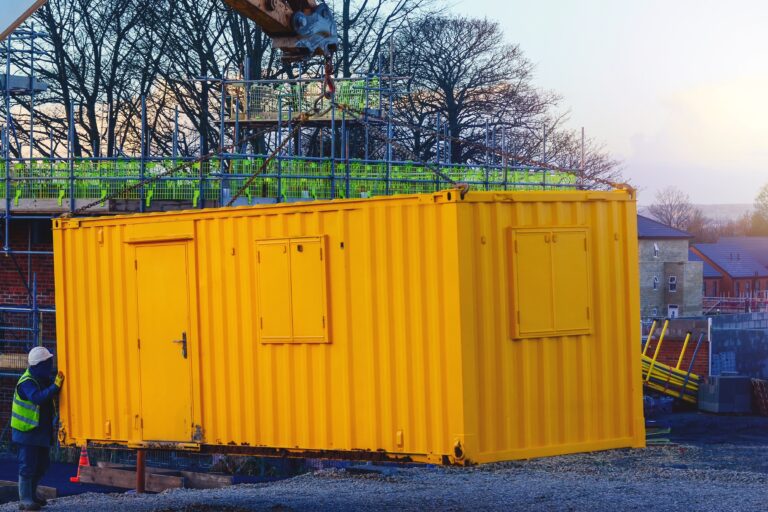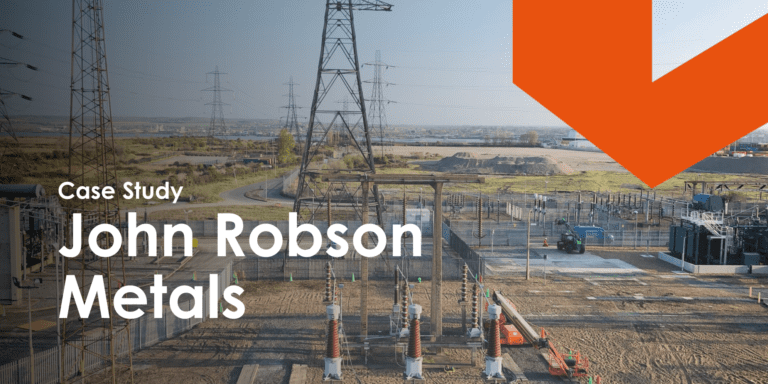27th September, 2021
Value Engineering and its Importance in Construction
Value engineering optimises the value of a project without impacting quality. We explore what value engineering is, why it's important & the process involved.
Value engineering (VE) has been used in the construction industry for many years. As a methodology, it provides a clear and detailed analysis of how best to fulfil the goals of a project.
It’s aim is to seek out the optimum value of a project in both the initial and long term. By analysing different costs and materials available, it’s purpose is to complete a job to a high standard, at the lowest total cost.
It’s important to note that it is not a cost-cutting exercise and it does not compromise on quality. Instead, it gives all parties involved confidence that the maximum performance and highest value project will happen.
The goal of every construction manager is to stay within budget and complete projects on time to avoid incurring additional costs. By reviewing each aspect of a project at different stages, it allows those involved to make better decisions that improve both quality and efficiency along the way.
In this blog post we’ll explain what value engineering is, why it was developed, and what’s involved in the process. Whether you work in architectural design, project management, or you are responsible for purchasing materials, this method can make your job easier.
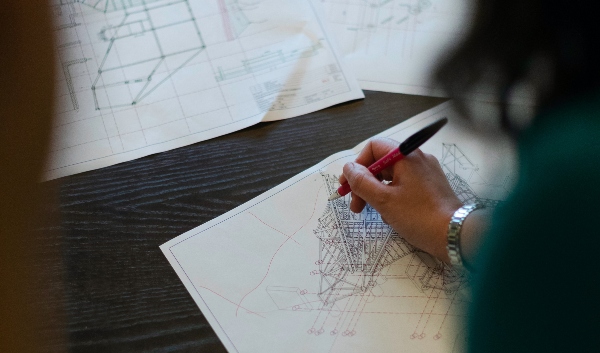
What is Value Engineering?
Value engineering is defined by Cambridge Dictionary as:
“The process of reducing the cost of producing a product without reducing its quality or how effective it is.”
Essentially, this methodology helps construction workers to control costs without compromising on overall quality. As an organised effort, it analyses the requirements of a project for the purpose of achieving the necessary functions at the lowest cost possible.
It takes various factors into account including staffing, energy, and maintenance over the lifetime of a project. By considering alternate design ideas, materials, and components, it aims to improve value without sacrificing the needs of the client.
Customer satisfaction is highly important in any project, so ensuring this remains at the forefront is key for the success of your business.
Where Did Value Engineering Start?
Value engineering was first introduced just after World War 2 at General Electric.
As supplies were short, engineers started to consider alternative ways of sourcing essential materials to ensure production could continue.
Engineers included Lawrence Miles, Harry Erlicher, and Jerry Leftow who worked with other teams at the company to identify appropriate substitutes. Their aim was to reduce production costs whilst retaining the quality and functionality of the products they provided.
As a result of this challenge, the team discovered that they could in fact save on costs whilst creating an even better end product. By carefully considering which raw materials and components they chose, General Electric created products which were higher performing.
Miles and Erlicher coined this term and developed a process which they called ‘value analysis’. Today, this has been transformed into ‘value engineering’ and is a core part of any cost estimators toolkit.
What began as an accident, has since developed into a systematic approach which helps construction companies globally reduce production costs.
How Is Value Engineering Calculated?
Value is calculated as a ratio of function to cost.
Businesses can add value to their products or services by either cutting down on costs or improving functionality. In value engineering, the function of the product is preserved in the process of seeking value improvement.
VE is used to design a product so that it lasts for a specific period of time before becoming obsolete. When a product is expected to become obsolete within a certain timeframe, manufacturers will often use value engineering to save on costs without taking away its core purpose.
This means that although manufacturers can source high quality materials to make the product, VE allows them to source low cost alternatives to avoid spending more money on the production process which will then be passed onto the consumer.
Therefore, the manufacturer is using cheaper components that fulfil the lifecycle of the product and preserves its basic purpose.

How is Value Engineering Used in Construction Projects?
Value engineering can be used at any stage of a construction project, but it’s most beneficial to use it in the very beginning.
By taking advantage of this method before the project starts, you can be sure you’re achieving the best possible value with the lowest costs in terms of resources, budgets, and scheduling.
However, many companies only start employing this method when they realise they are running low on money. This usually happens during the course of a project, when it becomes clear that the initial plans and budget will not work.
Therefore, they have to start looking at alternative ways of completing the job to make sure it is still a success. The best way to avoid this situation is to use value engineering before you sign any contracts or get started.
This helps you avoid potential problems which can arise including:
- Last minute design changes which costs both time and money as you need to alter the original plan.
- Architectural redesign during a project which results in delays, cost overruns, and a change in focus.
- Pressure and stress on contractors to build within the specified time and budget.
- All people working on site are pushed to their limits in terms of time and capabilities.
The Stages of Value Engineering:
To accomplish the goal of value engineering (to optimise the value of construction projects without compromising on quality), there are 6 stages to follow.
It’s about understanding where the true value of your product lies for your customer, and then working out how you can reduce this cost whilst maintaining its core purpose. Ultimately, your product still needs to function and fulfill customer demand as this is what drives your sales and keeps your business going.
You can then move onto defining, pricing, and implementing these solutions in the most efficient way possible. To keep your project focused, you should follow the phases outlined below so you’re aware of what is coming next.
Stage 1: Information Gathering
Value engineering starts by gathering as much information about the project as you can so you can determine the end goals. Data is then collected and analysed, and the information obtained is used to set the priorities of the project. It will become clear what parts of the business are costing the most money, and therefore what the focus of your value engineering project should be.
For example, if the main cost drivers in your product are cable assemblies, then value engineering should be focussed on improving this area. You will need to identify how this can be made more efficient to reduce the labour content involved.
This phase breaks down potential issues and identifies which elements need to be addressed. At this stage, the team will also identify which methods they will use for evaluating the progress of the project moving forward.
Stage 2: Function Analysis
This stage of value engineering involves understanding the needs of the project, product, or service. You need to consider questions such as what does the product do? And does it do what it needs to do?
In function analysis, functions are described using 2 words – an active verb and a measurable noun which identifies something that can be quantified. Although the function of a project or product could be summarised by a descriptive paragraph, this verb-noun definition ensures each function is focussed on one at a time.
An example of a function could be ‘disinfect water.’
‘Disinfect’ is the verb and is telling you what needs to be done, whereas the amount and type of ‘water’ can be measured and described.
You should try and keep the function as non-specific as possible as this allows for multiple solutions to be explored. A cost is also assigned to each identified function.
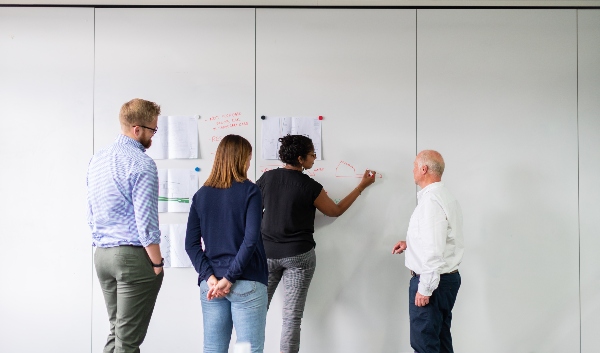
Stage 3: Be Creative
Now it’s time for the fun part.
This stage follows on from ‘function analysis’ as it explores the different ways to perform the functions that have been identified. This provides team members with the opportunity to brainstorm and discuss their ideas whilst considering new systems and methods.
As the team comes together, it gives them a chance to be creative and explore new ways of doing things. They can speculate on all other possible solutions and discuss which methods they think would work best as an alternative to their existing system.
The team is then required to devise a list of possible solutions to each function created by the verb/noun combination.
Stage 4: Evaluation
During this stage, the team evaluates the pro’s and con’s of each solution that they have listed.
They need to consider the advantages and disadvantages of employing each particular method. When the disadvantages outweigh the advantages, a solution is dropped in favour of another solid alternative.
The solutions are then shortlisted based on their ability to save money and/ or add value, and are taken forward to the next stage. Evaluating these solutions is imperative as it allows the team to focus on the best ideas for development in order to achieve the best value.
All team members are involved at this stage and contribute their ideas.
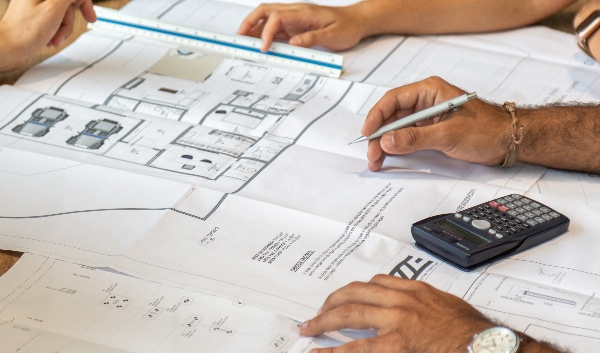
Stage 5: Development
The development phase involves an in-depth analysis of each alternative method to determine how much it will cost and how it can be implemented. This evaluation may include creating sketches and cost estimates to gain a clearer understanding of how it will work in practice.
Team members will create an implementation plan which outlines the process to be followed when implementing the final recommendations.
It’s important you provide a sound case for how your solutions will save money. Therefore, you need to ensure your ideas are carefully considered and that your calculations are robust.
Stage 6: Presentation
In this stage, the team meets with management and other key stakeholders to present their final report, including what solutions they want to put in place.
To convince the decision makers that their ideas should be implemented, the team must use reports, graphs, flow charts, and other visuals to support their findings.
The report should be detailed and give management all of the information they require including associated costs, benefits, and any challenges that could arise. The final report acts as a record of what the team have accomplished during their research and is a summary of their findings. It is also a valuable tool to refer back to for future projects.
Stage 7: Implementation
Once management has approved the team’s recommendations, the implementation stage can begin. If they have any changes to make, or any alterations from other key decision makers, then these need to be included in the implementation plan before implementation starts. Adequate monitoring should also be in place to track progress until the project is complete.
When implementing the project, the team should ensure that reducing cost and increasing value is achieved. The cost savings of the project should be determined based on the implementation of the identified recommendations. Although this methodology is aimed at reducing cost, the true goal of VE is to increase value.
Ultimately, the value of a product will increase if you can produce it to the same standard whilst lowering the cost of production.
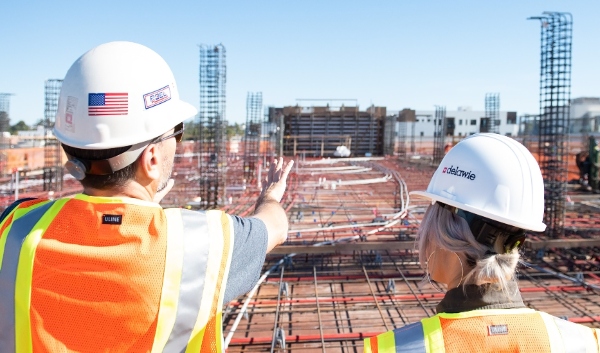
Value Engineering and Its Importance in Construction
Value engineering is a highly effective methodology used throughout the construction industry. Since it was developed in the 1950s, it has helped various businesses to save on costs whilst still completing different projects to a high standard.
By understanding how value engineering works, and the benefits it can bring to your business, you can be confident that the goal of your project will still be achieved at the lowest possible price. This is important for any business owner or project manager as it enables you to source cheaper alternatives for materials and resources, whilst still ensuring customer satisfaction is maintained.
One of the biggest challenges when maintaining customer satisfaction is having the right tools and equipment. You can employ the best methodology in the world, but without the right equipment you are unable to complete your job.
At YardLink, we are a trusted plant and tool hire company supplying a vast range of equipment from scissor lifts, to diggers, to portable office services. Regardless of your project requirements, you can rely on us.
We connect you with a network of local suppliers to guarantee you the most reliable service. This means you don’t have to worry about equipment being delayed and can concentrate on completing the job at hand.
To discuss your requirements further and to find out more about how YardLink can help, reach out to a member of our friendly team!
YOU MIGHT ALSO BE INTERESTED IN

